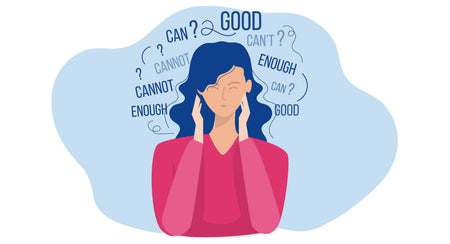Managing student behavior is a constant process that often parallels the lesson we are teaching and the learning we are trying to build. Educators know full well just how often students say and do things that we and other students find distracting or that interrupt the flow of the classroom.
We can attempt to shut down disruptive student behavior with quick admonishments and directives, but this approach is more likely to prolong such behavior than prevent or extinguish it. In fact, a recent study of teacher behaviors in response to student interruptions or inappropriate behavior found that trying to shut down student behavior with phrases such as “Shush,” “Stop it,” and “Be quiet” were effective for only about five minutes before the same or similar behavior reappeared. Meanwhile, students learn little about self-regulation and avoiding similar behavior in the future.
Employing proactive student-centered approaches tend to be significantly more effective. The same study found that when expectations and redirection were connected to explanation, distracting and disruptive behavior was eliminated for 20 or more minutes. Here are six examples of approaches we can use to enlist students in controlling and shifting their behavior to maintain classroom processes and build self-regulation.
First, we can frame expectations in what students can and should do rather than telling them what not to do. We might say, “Please listen attentively while others are speaking,” instead of, “Don’t talk when I or others are speaking.” Or we might say, “Please stay in your seat unless you need to get something” rather than, “No wandering around the classroom.”
Second, we can review expectations before transitions and remind students why the expectations are important or necessary. We could say, “We will be moving to the library in a few minutes. Let’s remember to walk quietly and calmly so we do not disturb other classes.” If we wait until students are not walking quietly and calmly in the hallway, we may find thar our redirection is even more disruptive to other classes and less effective with our students.
Third, we can connect redirection to purpose. Instead of "Stop talking and start working," we might say, "I notice that you are chatting during independent work time. I want you to get the most out of this time. That means focusing on your work." Or we could say, “I see that you are struggling with this problem. Struggling means you are learning. When we don’t give up, we get better. Let’s think of another approach you might use.”
Fourth, we can choose invitational language. Instead of, “Pay attention and get to work,” we could say, “You seem like you are a little distracted. What do you think might help you to focus and do your best work?” Or “I know that it is tough when you must wait for others to finish. What might be a good way for you to pass the time?” rather than, “Please sit quietly and wait for others to finish.”
Fifth, we might remind students of agreed upon norms and rationale. Our language could be, “Let’s pause for a second and think about the norms we created. How can they help us to work together better?” instead of, “Stop arguing.” Or “Let’s remember the norms we created. They can help us to respect each other and our work,” rather than, “Stop bothering each other.”
Sixth, we can redirect energy to more productive ends. Our guidance might be, “I see that this activity is stimulating lots of excitement, but let’s focus on organizing our materials so everyone is ready to participate,” instead of, “Stop talking and get ready for the next activity.” Or “Let’s stand up and stretch for a minute and then finish this activity strong,” rather than, “It’s getting too loud. Please quiet down.”
The reality of working with young learners is that they will not always pay attention, be ready to focus, or be able to regulate their behavior. We can choose to interrupt distracting and unacceptable behavior for the moment, or we can invest a few additional seconds and help students to manage their behavior and build autonomy.
Reference: Karasova, J. and Nehyba, J. (March 29, 2025). Novice teacher’s classroom behavior management: Situations, responses and impact on student behavior. British Educational Research Journal. Retrieved at: https://bera-journals.onlinelibrary.wiley.com/doi/10.1002/berj.4166















